Effective Loft and Lie in putting are often ignored by amateur golfers. It is somewhat understandable as there are few tools to measure both without spending some money. Let’s take a look at answers.
I’ll take you back to when I first started to focus on putting.
Frankly, I wasn’t great.
In fact, when I started to measure my putting metrics, I frequently missed putts by a lot at 6 feet.
I spent quite a bit of time trying to copy putting styles of pro golfers.
Then, I took on being a beta tester for Blast Motion Golf and became aware of my putting metrics.
I fumbled around taking around 10,000 putts over a two year period charting every putt.
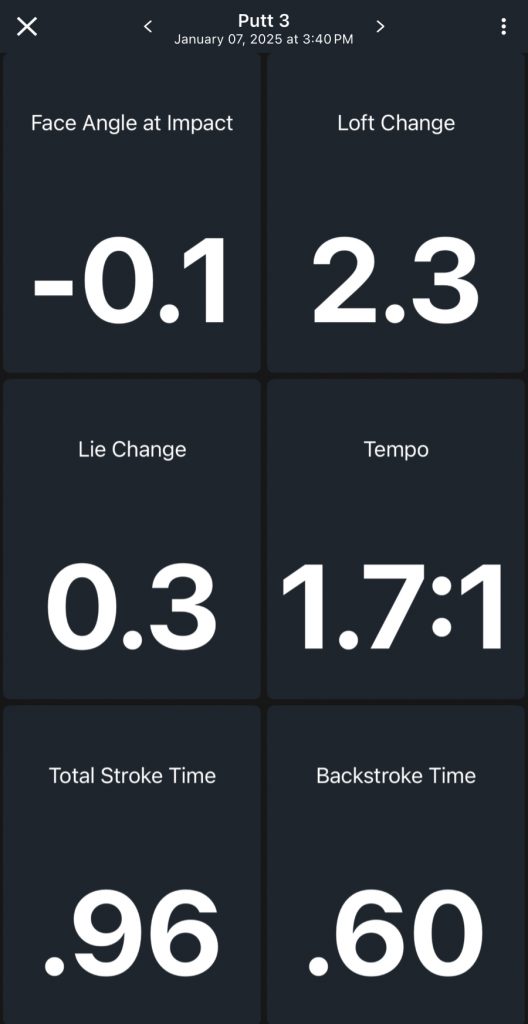
Partial screen view – Page 1
You can arrange the tiles to your liking
Below is all the Blast Motion Golf data from a putt I made some time ago. See ** and notes below for explanations.
You see 6 tiles and scroll up for the rest. You can arrange them as you prefer.
- Tempo 1.7:1 (should be 2:1)
- Backstroke Time .60 sec (perfect)
- Forward Stroke Time .35 sec (should be .30)
- Impact Stroke Speed 0.3 mph (depends on putt)
- Backstroke Length 8.2 in (depends on putt)
- Loft Change 2.3 ** (see note below)
- Total Stroke Time .96 sec (should be .90)
- Face Angle at Impact -0.1 ** (almost perfect)
- Backstroke Rotation 8.0 deg (a lot, but same)
- Forward Stroke Rotation 8.1 deg (at lot, but same)
- Lie Change 0.3 ** (almost perfect)
** This is an important point in my article. Where are these metrics measured from?
Actually making putts involves a lot more than being proficient at putting mechanics. However, it’s a good place to start.
**Notes
These apply to Blast Motion Golf.
The loft is deceiving. Being that my putter has 3 degrees of loft and I add 2.3 degrees of loft at impact, you could assume that I had a total of 5.3 degrees of loft at impact.
That would mean I launched the ball more like a chip shot into the air.
That’s not the case. I forward press to trigger and the actual loft at impact is usually around 2 to 2.5 degrees of loft.
The lie change looks good, but I have no idea what the actual lie angle was at address. It’s still good to return it close to zero at impact.
That same goes for face angle at impact. The closer to zero the better at impact.
Preface
Before I start getting into the weeds here, it is important to know the change in your metrics from address to impact.
Example: The sensor is saying I had a -0.1 degree face angle at impact change from address. That seems almost perfect. However, that does not mean I was aiming at the hole.
The app doesn’t measure aim, but face angle at impact is 90% of the reason you make putts.
It also reports the change in loft and lie.
Compared to what?
It does not know what loft and lie I have on my putter and it doesn’t know where I was setup with either at address.
It simply reports the change at impact compared to address.
What did I learn?
I didn’t jump on the Loft and Like train right away.
My stroke time, tempo and face angle at impact “needed attention.”
I wondered… face angle at impact compared to what?
It’s not compared to where you are aiming.
Where ever you set the putter down is the address location.
So, then my thoughts were…
Ok…Where did I start from? Was I aimed properly? What was my loft angle at address? What was my Lie angle at address.
Looking at just loft and lie…My putter has 3 degrees of loft and a 70 degree lie angle.
A lot of putters have these as stock numbers.
A Simple Solution
I use an Odyssey Tri-Hot 5k Double Wide putter.
It has a white hot insert.
A “simple rule for me” is that If the grip is pointed at my belt and if I press the putter face forward just enough that I lose sight any of the white hot insert, I’m at 70 degrees lie angle and my putter loft is at zero.
A forward press is how I achieve continuous motion or trigger my putting stroke.
I also add loft at impact resulting in 2 to 2.5 degrees of loft at impact and a 70 degree lie angle at impact.
“Loft sequence”….with shaft at zero… loft is at 3 degrees. Forward press takes away loft and its’s added back in during the stroke to around 2 to 2.5 degrees. Just enough to lift the golf ball out of the depression it sits in on the green.
The Lie angle should not change from address to impact thereby helping to ensure centeredness of contact.
Another Note
Some golfers bend their putters to adjust loft based on the speed of the greens they play.
I normally play on greens from 9 stimp to 11 stimp. My putter seems to work great on those greens. I’m not going to bend the best putter I’ve ever had.
Warning: I’ve gone to a big box sporting goods store and had them check the loft and lie on my putter. What they measured was NOT CORRECT. When I complained, the guy said, “I wouldn’t bend your putter.”
The guy in front of me had just paid to have his wedge bent a half a degree. I thought WOW…what did he just pay for.
Find a reputable fitter or pro with equipment that is calibrated if you decide to bend your putter.
Options
The CAPTO Gen 3 set
The best option I have is the Capto Gen 3 system. It’s not cheap.
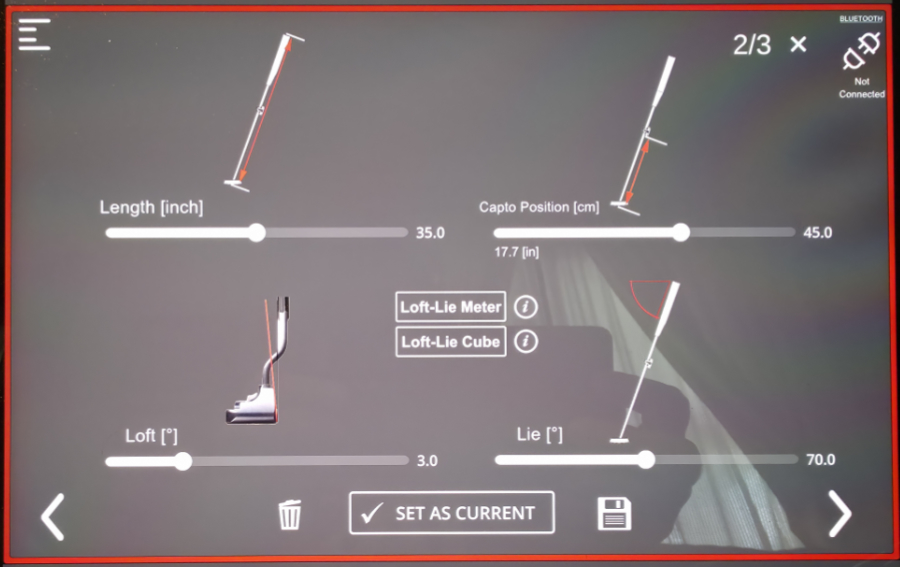
Here is my article on the CAPTO Gen 3 set.
This software lets you add putter data for multiple individuals if you want. It could be used for coaching, fitting, etc.
No one practices with all this data on the screen. It’s coaching software, you can print reports, etc.
I usually just have Face, Loft and Lie on the screen when I practice. It’s a good idea to limit what you are working on at any given time.
Note: They do make a less expensive EZ Version or “Player version” of Capto. Here is their website.
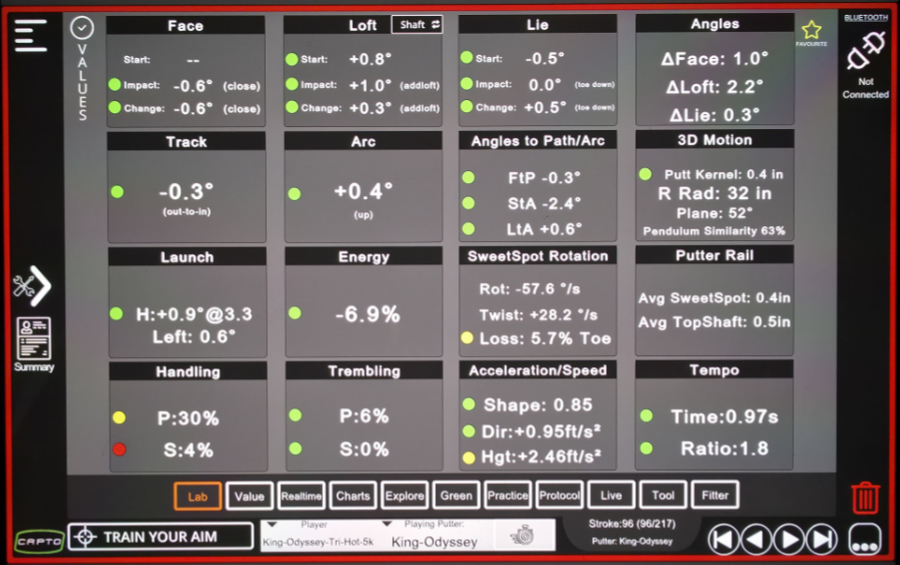
The CAPTO sensor clamps onto your putter and software runs on your iPhone or iPad.
It’s like Trackman for your putter.
Capto also has an aim function which tells you if your putter face is square to your intended line. I do not have that activated in the example above.
The setup for loft and lie is simple. The sensor has a display and if the LIE is ZERO and the SHAFT is ZERO… then my putter is setup perfect at address.
The downside is not many people in the entire state of Wisconsin have something like this. Mostly, coaches / golf professionals have Capto, Quintic Ball Roll or SAM Putt Lab.
Blast Motion Golf
Use Blast Motion Golf to measure your putting metrics. It’s a lot cheaper.
Here is our article on Golf Metrics using Blast Motion Golf
If you use this app and sensor you may want to add a laser aiming device to assure you are aimed at your target / aim point.
Here is my article on Laser Aiming devices. I use the one that attaches to my putter face.
Training Center / Golf Coach
Visit a coach with one of the high end devices and determine metrics for your putter at address and impact.
Loft and Lie impact
• Loft is negative = hitting the ball into the ground
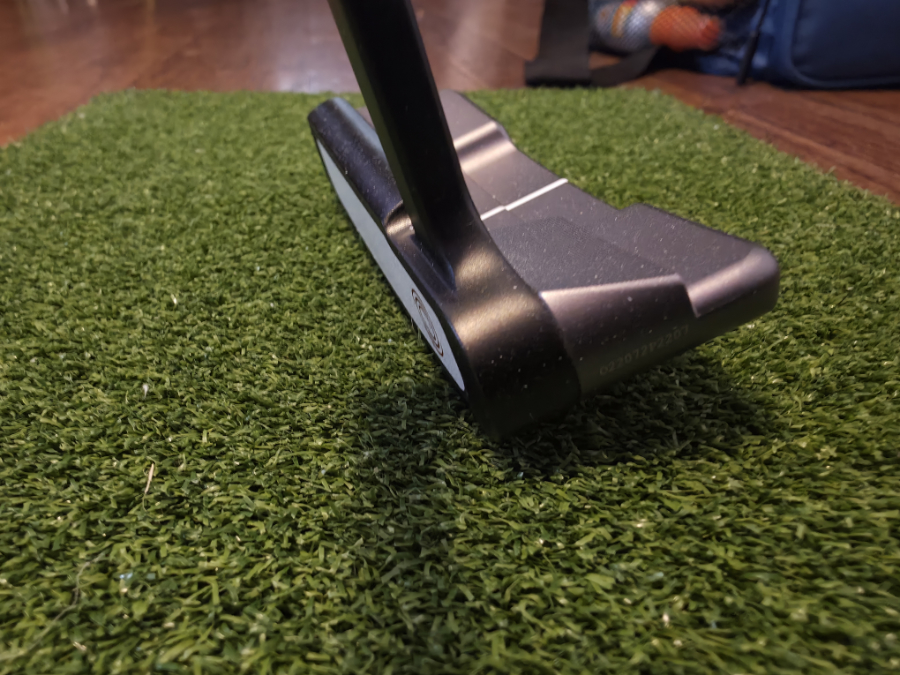
• Loft is positive = hitting the ball into the air
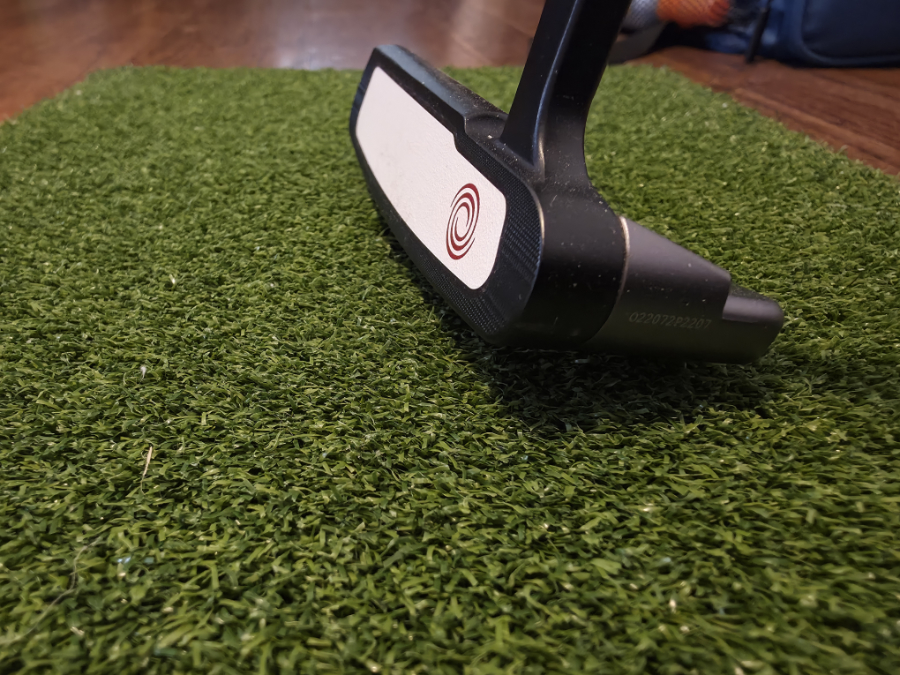
Goal = Roll the ball. Don’t bounce it or chip it.
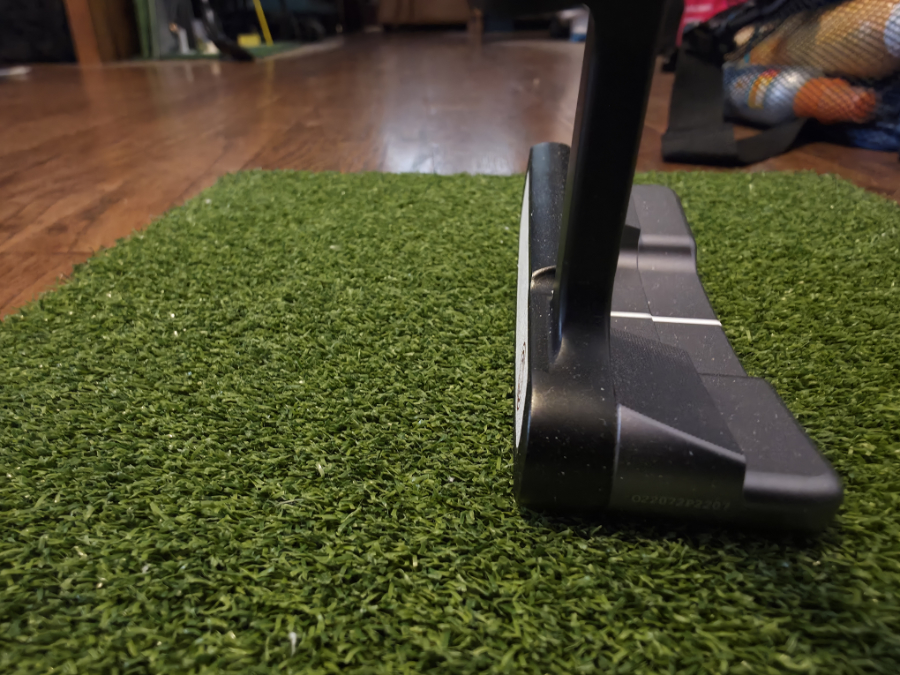
• Lie toe up = hooking the putt

• Lie toe down = slicing the putt
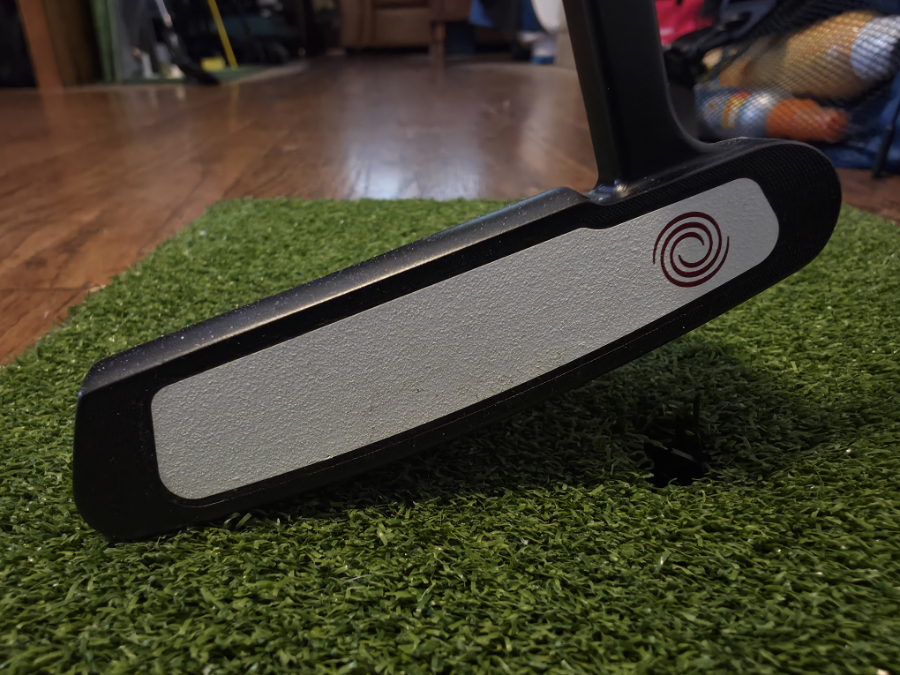
Goal = Lie stays the same at address and impact.
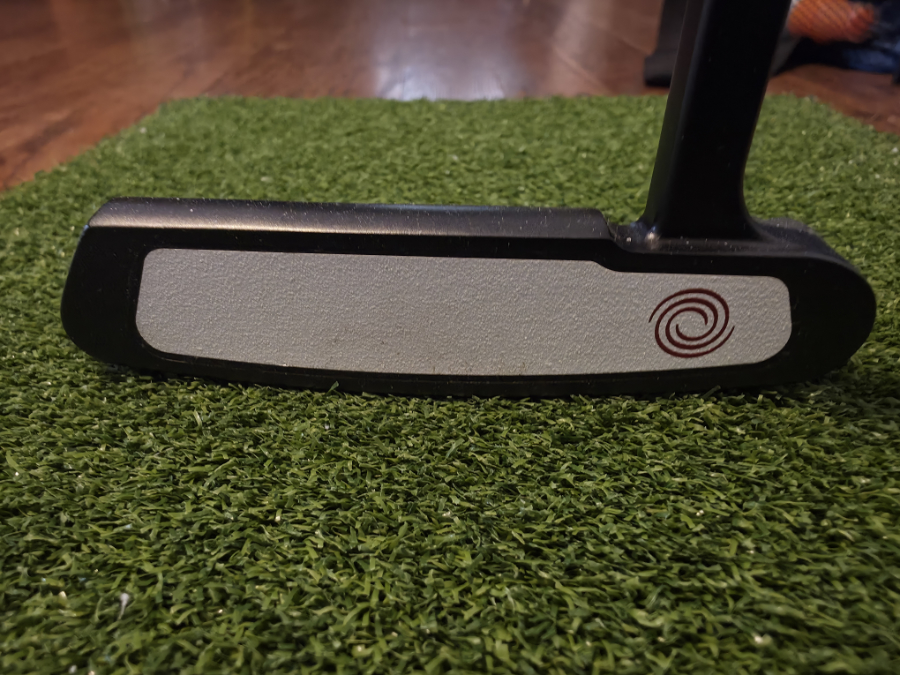
Helps with centeredness of contact and pace control
Conclusion
Using these sensors is critical in my opinion. However, you can’t take them on the course with you in league for example.
It’s important to find a method for yourself that you can repeat to set loft and lie at address.
Repetition using this type of device helps you repeat optimal putting strokes.
For $149.95 Blast Motion Golf is still the best lower cost option for measuring your putting metrics. Plus, they have added short game, full swing, bunker shots, air swings and smart video capture.
Systems are Capto Gen 3 Set about $3,000, Quintic Ball Roll about $7,500 and SAM Putt Lab Studio about $20,000 plus extras.
If you are looking for one of these more detailed evaluations of your putting stroke and don’t want to spend a ton of money, visit a golf pro or coach with the proper equipment and software.
Either way, if you aren’t measuring you are guessing.
